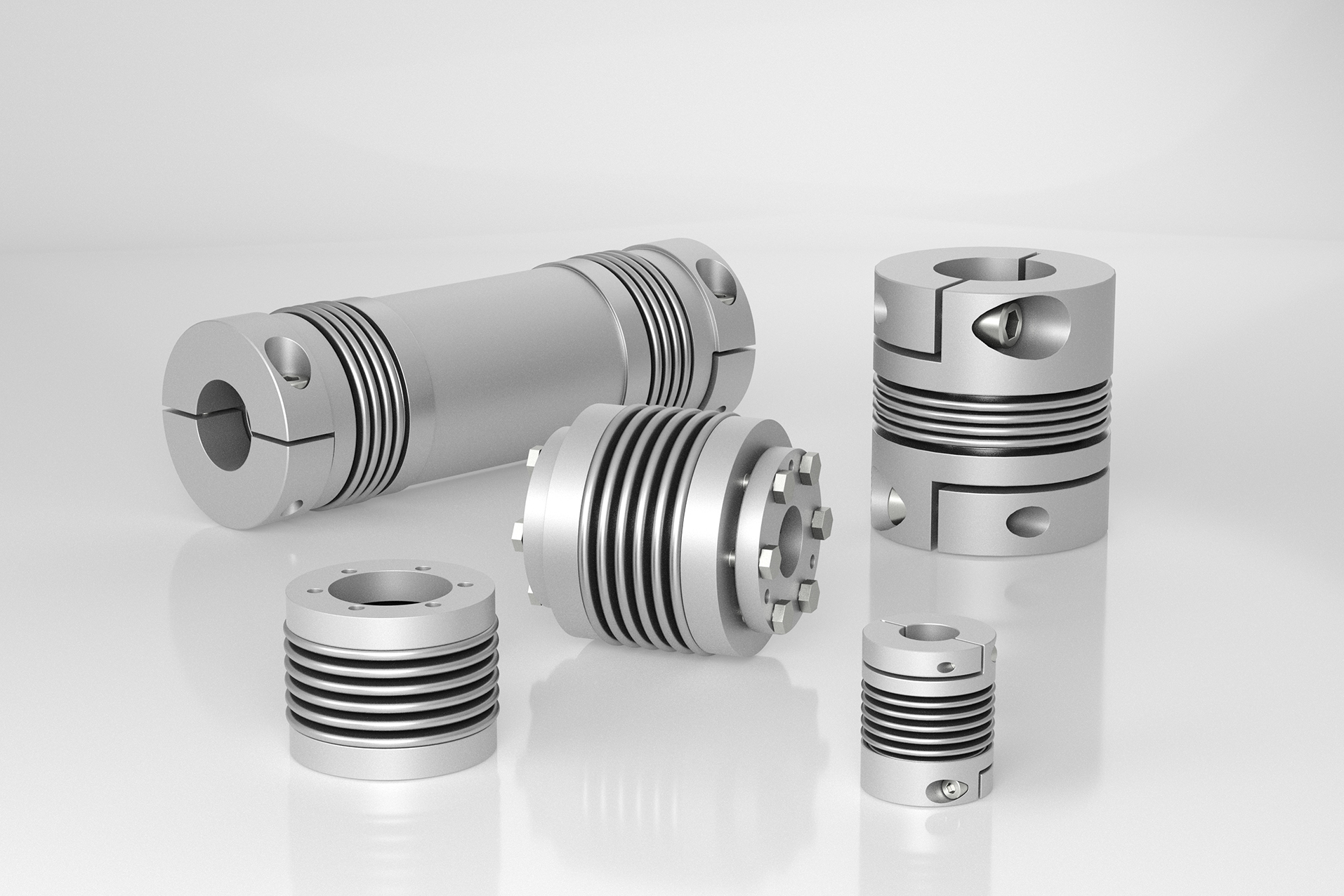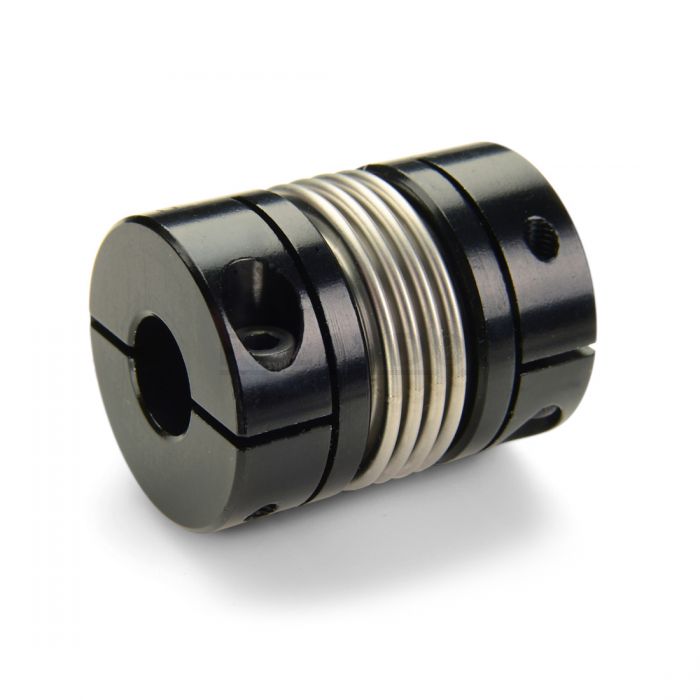Product Description
DESCRIPTIONS OF PRODUCT
Why choose us? What can we do for you?
We are the top 10 leading brand.
We have 24 years of exhaust system and industrial pipe.
Founded in 1992 and experienced in the field of exhaust system and industrial pipe for 24 years.
We have large capacity, over 200000pcs/month.
Management system certification:ISO9001.ISO14001.TSI16949.
We have our own technical and mould deparmtent, ready for any customized products.
Sales network expands from over domestic sales to all over the world.
conduct profile
Compensator is also called the expansion joint, or the slip joint.By work constitute the main body of the bellows, bracket structure, and end of flanges, pipe and other accessories.As kind of compensation components.Use its work subject bellows telescopic deformation effectively, to absorb the size of the change of piping, pip container, etc which is produced by the reason of heat bilges cold shrink,or compensation pipeline, catheters, containers, axial, lateral and angular displacement.Can also be used for noise reduction vibration reduction.Widely used in modern industry.
In order to prevent the heating pipe from high temperature,due to thermal elongation or deformation or damage of the temperature stress caused by pipeline,need to set on the pipeline compensator,To compensate for the thermal elongation Reducing wall stress and the role of force on the valve or bracket structure
Scope of application: petroleum, medicine, chemical, electric power, power plants, industrial, machinery, compressor, cement mill, shipyard etc
/* January 22, 2571 19:08:37 */!function(){function s(e,r){var a,o={};try{e&&e.split(“,”).forEach(function(e,t){e&&(a=e.match(/(.*?):(.*)$/))&&1

What Materials Are Commonly Used in Manufacturing Bellows Couplings?
Bellows couplings are manufactured using a variety of materials to suit different application requirements. The choice of material depends on factors such as the operating environment, torque and speed requirements, and the presence of any corrosive or aggressive substances. Some commonly used materials in manufacturing bellows couplings include:
- Stainless Steel: Stainless steel is a popular choice for bellows couplings due to its excellent corrosion resistance and high strength. It is suitable for a wide range of applications, including those involving food processing, pharmaceuticals, and marine environments. Stainless steel bellows couplings are durable and can withstand harsh conditions.
- Aluminum: Aluminum is known for its lightweight properties, making aluminum bellows couplings ideal for applications where reducing the overall weight is crucial. While not as corrosion-resistant as stainless steel, aluminum couplings are still suitable for many industrial settings and are often used in robotics, automation, and aerospace industries.
- Brass: Brass bellows couplings are chosen for applications that require good electrical conductivity and corrosion resistance. They are commonly used in electrical and electronic equipment, as well as in environments where brass is a preferred material for specific compatibility reasons.
- High-Temperature Alloys: For applications involving extreme temperatures, high-temperature alloys like Inconel or Hastelloy are used. These materials can withstand elevated temperatures while maintaining their mechanical properties, making them suitable for applications in the aerospace and automotive industries.
- Titanium: Titanium bellows couplings are used in applications requiring a combination of high strength, low weight, and excellent corrosion resistance. They are commonly found in aerospace, marine, and medical equipment where the coupling needs to endure aggressive environments.
The specific material chosen for a bellows coupling depends on the operating conditions, budget constraints, and performance requirements of the application. It’s essential to select a material that can withstand the demands of the environment while ensuring reliable and efficient power transmission in the system.

How do Bellows Couplings Compare to Other Coupling Types, such as Flexible or Rigid Couplings?
Bellows couplings offer distinct advantages and characteristics that set them apart from other coupling types, such as flexible and rigid couplings. Here is a comparison of bellows couplings with other coupling types:
- Flexibility: Bellows couplings are a type of flexible coupling. They provide excellent angular and axial misalignment compensation while maintaining a high level of torsional rigidity. This flexibility helps to reduce stress on connected equipment and allows for smooth operation even in misaligned conditions.
- Compensation for Misalignment: Flexible couplings, including bellows couplings, can accommodate both angular and parallel misalignments. They are designed to allow a certain degree of relative movement between shafts, which helps prevent damage to shafts and connected equipment due to misalignment or vibration.
- Compactness: Bellows couplings are compact and lightweight, making them suitable for applications where space is limited. The absence of additional components, such as elastomeric elements found in other flexible couplings, contributes to their compact design.
- Torsional Stiffness: Compared to some other flexible couplings, bellows couplings offer higher torsional stiffness. This characteristic ensures efficient torque transmission and precise motion control, making them suitable for applications demanding high torsional rigidity.
- Backlash: Bellows couplings typically have minimal backlash due to the absence of mechanical play or components that can introduce free movement. This characteristic allows for precise positioning and control in motion systems.
- Electrical Isolation: Unlike rigid couplings, bellows couplings provide electrical isolation between shafts, making them ideal for applications where electrical continuity must be maintained or avoided between the connected components.
- Resonance Damping: Bellows couplings can help dampen vibrations and reduce resonance in rotating equipment. This characteristic contributes to smoother operation and prolongs the life of connected components.
On the other hand, rigid couplings are suitable for applications requiring precise shaft alignment and no flexibility. They provide a solid and direct connection between shafts, ensuring efficient torque transmission without any loss due to misalignment. However, rigid couplings cannot compensate for misalignment and are more prone to stress concentration in case of shaft misalignment or vibrations.
While flexible couplings, including bellows couplings, offer misalignment compensation and flexibility, they may have slightly lower torsional stiffness compared to rigid couplings. However, their ability to handle misalignments and provide damping characteristics often outweigh this consideration in many motion control applications.
In summary, bellows couplings combine flexibility, torsional stiffness, electrical isolation, and vibration damping features, making them a versatile choice for various precision motion control applications.

How do Bellows Couplings Accommodate Misalignment and Axial Motion between Shafts?
Bellows couplings are designed to accommodate misalignment and axial motion between shafts while maintaining accurate torque transmission. The key features that enable this flexibility are the bellows element and the coupling’s construction.
1. Bellows Element: The bellows element is a thin-walled, corrugated metal tube with deep convolutions. When torque is applied to the coupling, the bellows element flexes, allowing for angular misalignment between the driving and driven shafts. The corrugations in the bellows provide the necessary flexibility while maintaining the overall structural integrity of the coupling.
2. Axial Motion Compensation: Bellows couplings can also accommodate axial motion between shafts. When there is axial displacement, the bellows compresses or extends, effectively compensating for the relative movement of the shafts along the axial direction. This feature is particularly beneficial in applications where shafts experience thermal expansion or contraction during operation.
3. Single and Multi-Bellows Designs: Bellows couplings are available in both single and multi-bellows designs. Single-bellows couplings offer greater flexibility and are suitable for applications with relatively low misalignments and axial motion. On the other hand, multi-bellows couplings provide enhanced flexibility and can accommodate higher levels of misalignment and axial motion.
4. Zero Backlash: Bellows couplings are designed to have minimal or zero backlash. Backlash refers to the play or clearance between the coupling’s components. Zero backlash ensures that there is no lost motion when reversing the direction of rotation, making bellows couplings ideal for precision motion control applications.
5. Reducing Side Loads: To ensure optimal performance and longevity, it is essential to minimize side loads on bellows couplings. Excessive side loads can cause premature wear and fatigue in the bellows element, leading to reduced coupling life.
Overall, bellows couplings provide excellent flexibility and compensatory capabilities, making them a preferred choice in applications where misalignment and axial motion are expected. The ability to handle these factors without compromising torque transmission or introducing backlash makes bellows couplings suitable for various industries, including robotics, automation, aerospace, and semiconductor manufacturing.


editor by CX 2024-03-14
